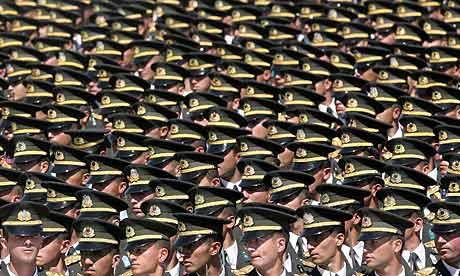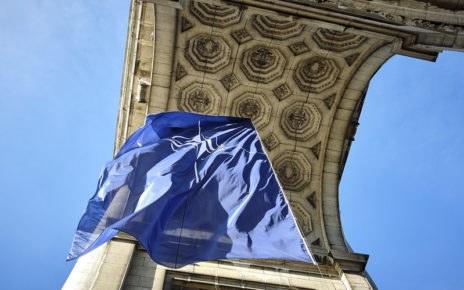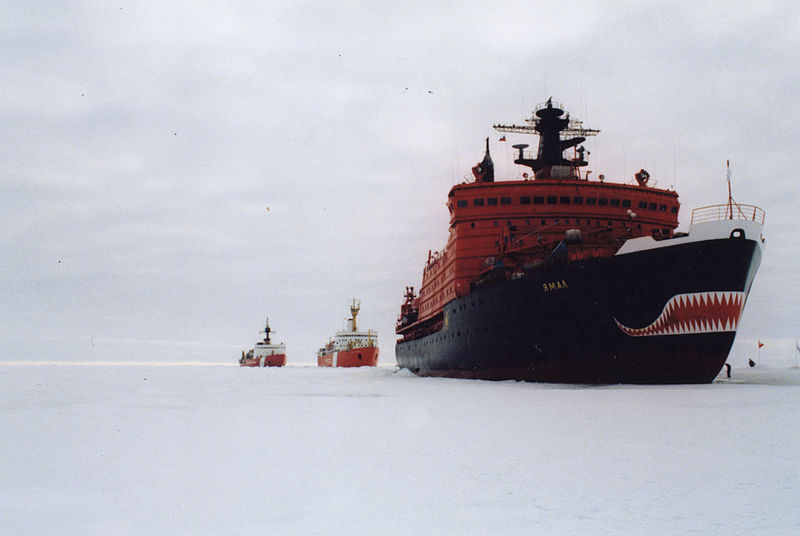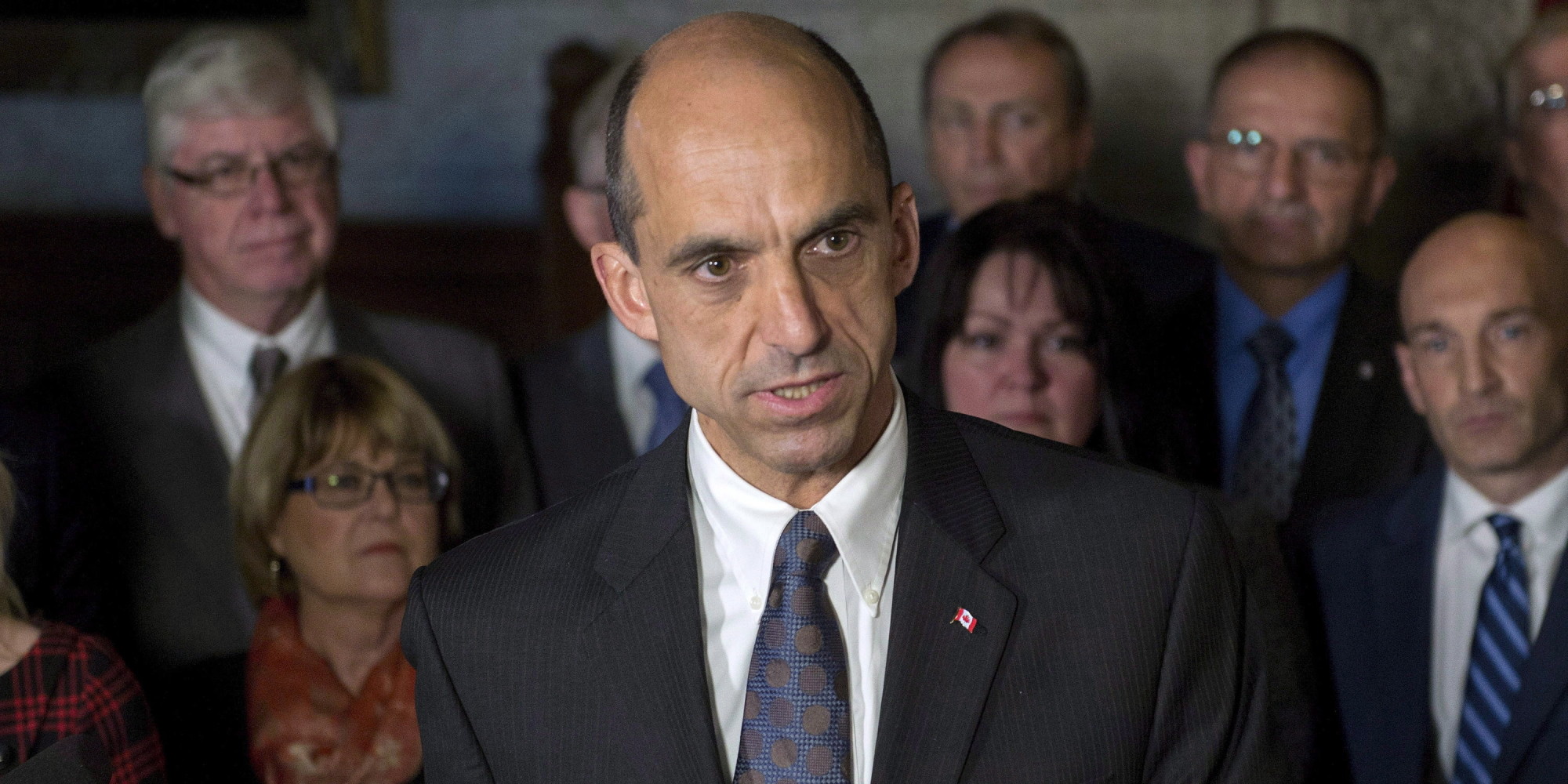
Events in Ukraine in recent months have drawn renewed attention to the state of Russian conventional forces, a topic rarely discussed in the past decade by non-experts. Given the political instability following the secession of the Autonomous Republic of Crimea to Russia, it is natural that many are comparing the conventional balance of power between NATO and Russia. There are many problems and risks associated with ‘bean counting’ – comparing the balance of power by comparing numbers. Perhaps the most grievous manifestation of bean counting relating to the crisis in Ukraine is to turn to comparing the total size of the Russian and NATO militaries.
Most countries with regular armed forces maintain some sort of reserve force. In many countries, reserve forces exist only on paper. They do not train, have little or no equipment assigned, and that which is assigned is usually obsolescent and/or in a poor state. Where reserves exist, they can be divided into two general categories:
1. reserve forces of militaries that draw most of their manpower through conscription
2. reserve forces of militaries that draw most, usually all, of their manpower through voluntary enlistment
Each type of reserve force can be further subdivided into different categories. For example, some militaries maintain reserve formations with a permanent cadre, that is, a permanent complement of regular service officers and enlisted personnel who maintain the equipment allocated for the reserve formation. This is a common practice in well-off militaries that rely on conscription and plan on mobilization part of their manpower whenever they go to war.
There are many variations of reserve force organizations. The Soviet Union stored and maintained dozens of division equivalents of equipment in case of a war with NATO. This equipment was to be manned by reservists following their mobilization from the civilian economy. A similar practice is that of the United States which procures and maintains excess equipment beyond that required by its active and reserve forces. This equipment is ‘pre-positioned’ on ships and at forward locations. These equipment sets are also not manned, just forward deployed so the necessary active or reserve personnel can be flown in rapidly, leaving their own equipment behind and using the pre-positioned equipment. There are others variations on reserve forces and how they are equipped. Such variations also exist on the national and service levels.
 For the purpose of the Ukraine crisis, it is important to focus on several salient points. Infographs such as this one seek to simplify the balance of power by comparing the NATO-Russian war establishment sizes. What the infograph shows at the bottom is that the total number of active and reserve forces at NATO’s disposal is 6,839,589, a number that easily dwarfs Russia’s 2,801,000. What does this mean? What are the policy implications for Russia and NATO? The answer is not much, if anything. As previously explained, not all reserve forces are the same. 15% of NATO’s total manpower comes from Turkey. This impressive statistic is a product of the fact that Turkey is one of the few large NATO member states which still imposes conscription on all able-bodied men. Yet Turkey’s reserve forces exist mainly on paper. The problem is that Turkey’s freshly discharged conscripts, if recalled to active service, have no equipment to use beyond decades-old obsolete equipment in questionable states of readiness and dubious utility. Similar points can be made for other NATO countries.
For the purpose of the Ukraine crisis, it is important to focus on several salient points. Infographs such as this one seek to simplify the balance of power by comparing the NATO-Russian war establishment sizes. What the infograph shows at the bottom is that the total number of active and reserve forces at NATO’s disposal is 6,839,589, a number that easily dwarfs Russia’s 2,801,000. What does this mean? What are the policy implications for Russia and NATO? The answer is not much, if anything. As previously explained, not all reserve forces are the same. 15% of NATO’s total manpower comes from Turkey. This impressive statistic is a product of the fact that Turkey is one of the few large NATO member states which still imposes conscription on all able-bodied men. Yet Turkey’s reserve forces exist mainly on paper. The problem is that Turkey’s freshly discharged conscripts, if recalled to active service, have no equipment to use beyond decades-old obsolete equipment in questionable states of readiness and dubious utility. Similar points can be made for other NATO countries.
There is also the question of the organization of reserve forces. American reserve forces follow the ‘total force’ concept. This means that active and reserve forces are trained to the same standards prior to deployment and are equipped with the same equipment so they can all fight together. Even so, given that the United States wages expeditionary operations, significant portions of its reserve forces are logistics personnel – enablers of large combat missions. For example, the US Army Reserve has no combat units of its own. Instead, it provides most of the service’s essential support units, such as POL (petroleum, oil, lubricant) and water distribution units. These units will be essential for any NATO intervention in Ukraine, but they shouldn’t factor in a bean-counting comparison of NATO-Russian troop numbers.
The United States provides an impressive thirty-three percent of NATOs total combat forces, active and reserve. Yet this figure overlooks the approximately 200,000 American personnel already deployed overseas or at sea and not readily available for new operations. Once such figures are factored in and consideration is given to the readiness of American reserve forces and the deployment cycle of active and reserve personnel, the number of readily available American personnel shrinks dramatically. Extending such analysis to other NATO countries and Russia further dramatically changes the perceived conventional balance of power. Moreover, activation of reserve forces has serious economic consequences. Dislocation of labour from the economy may be fiscally, economically, and politically unfeasible. As such, it is less a question of how much manpower NATO and Russia have available than a question of how many troops each side can commit in the likely theatre of operations: central and eastern Ukraine. If more nuance is given than simply bean-counting, a very different balance of power emerges.
There are many more important issues that also lead one to conclude bean-counting conventional forces in an unproductive exercise. For example, equipment is not discussed here despite its tremendous importance. Equipment can be compared quantitatively in terms of numbers, qualitatively in terms of capabilities, as well as in terms of impact on tactics, strategy, and logistics. Personnel can (and should) also be compared in similar fashion. Furthermore, there are the factors of tactics, doctrine, geography, weather/climate, finance, economics and other intangibles. It is a gross oversimplification of a very complex reality to simply compare numbers of forces at each side’s disposal. While it is rather easy to do more substantive research and identify qualitative and quantitative asymmetries; that sort of research is not enough. The biggest and most important asymmetry in most conflicts is an asymmetry of interest(s). Even so, that particular asymmetry has not been a good barometer of the outcome of any strategic competition.
Clearly this is not a simple matter. But what can be done? It is hard for any author to tell, let alone expect, others to raid library shelves and consume volumes of military literature. It is only natural that most people will turn to reading or listening to those who are discussing the matter. It is perhaps unfortunate that not everyone that is listened to or read is expert on the matter at hand. As such, it is important that those engaging with the public avoid gross oversimplifications. Bean-counting troop numbers is an excellent example of something for communicators to avoid and for readers to cautiously approach.




